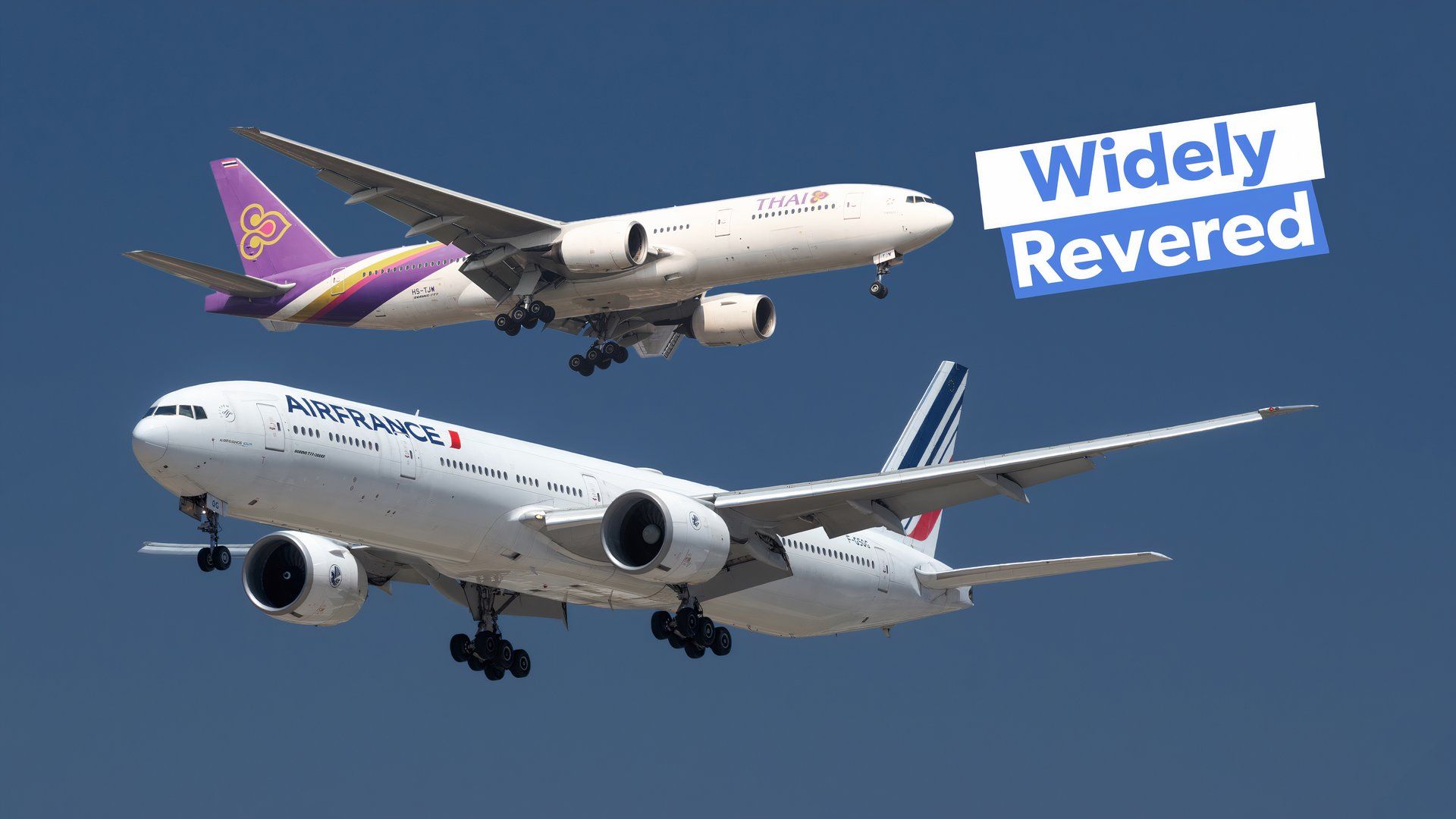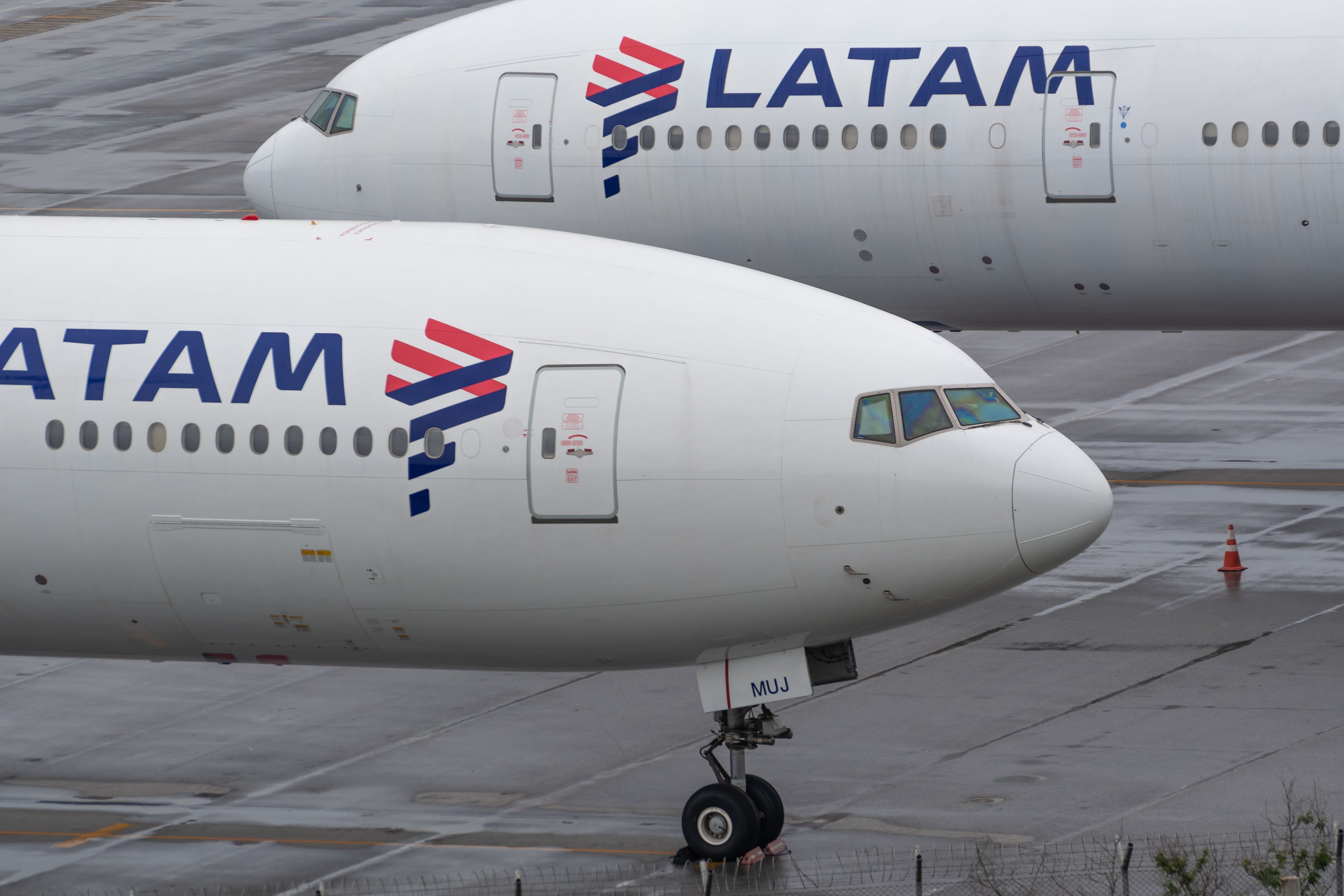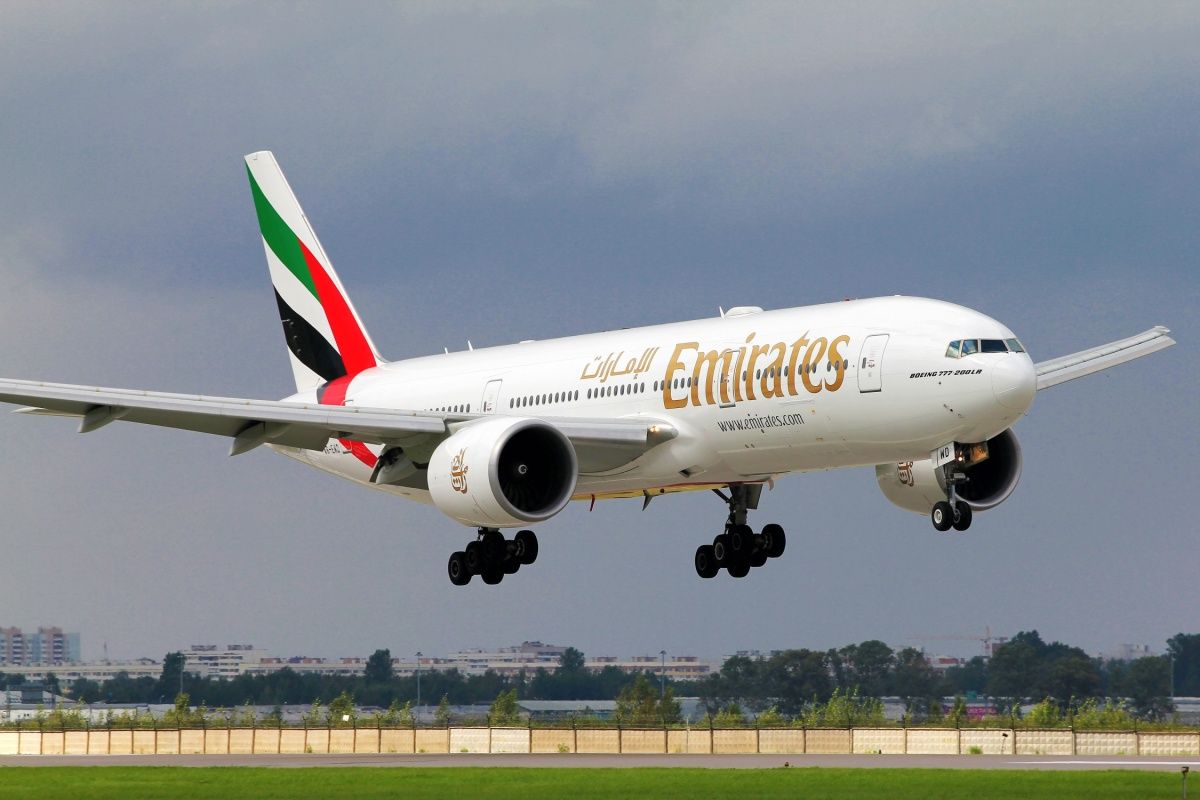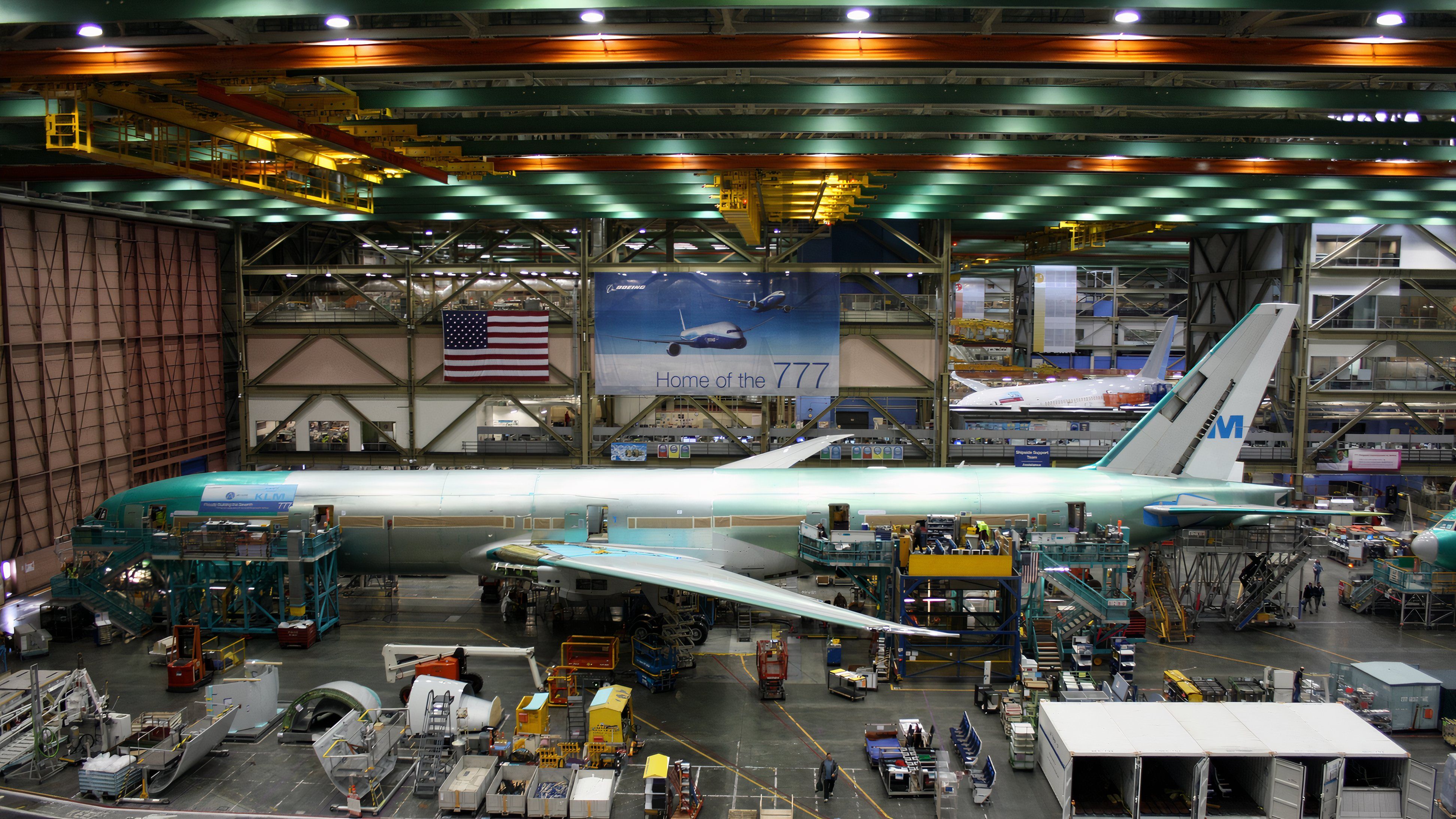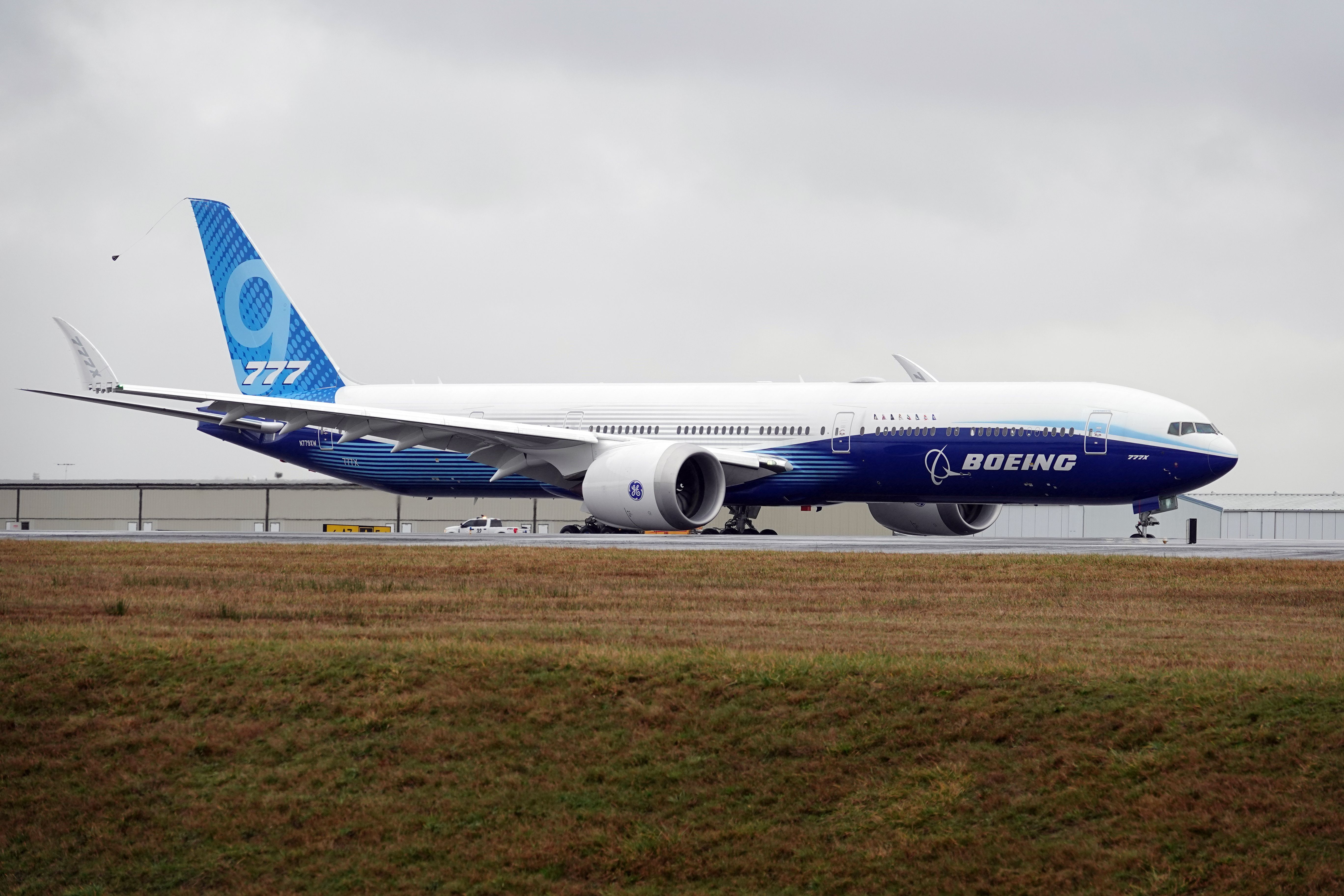As the Boeing 777 approaches its 30th anniversary, it remains one of the most widely used aircraft in commercial aviation. Introduced in 1994, the Boeing 777 was designed to bridge the gap between the larger 747 and the smaller 767.
Over the past three decades, this twin-engine widebody airliner has become a favorite among airlines and passengers, boasting versatility, efficiency, and reliability. But what makes the Boeing 777 so popular after all these years?
Design and innovation at its core
The Boeing 777
was born out of a collaboration between Boeing and eight airlines, including United, British Airways, and Cathay Pacific, to create a plane that met the demands of long-haul flights while maximizing passenger comfort. According to Aeromugs, the plane’s cabin width, long-range, and twin-engine efficiency revolutionized air travel.
One of the 777’s most innovative aspects was its focus on passenger comfort. With a broader fuselage than its predecessors, the aircraft offered airlines more spacious seating arrangements and oversize windows. The cabin’s design also reduced air circulation and noise, making long flights more comfortable for passengers.
In addition to comfort, the 777 was built with efficiency in mind. It was one of the first commercial jets to be designed entirely on computers, allowing for precise modeling of its aerodynamics and structure. Using high-bypass-ratio engines further improved fuel efficiency, helping airlines reduce operating costs.
Fuel efficiency and range: a game-changer for airlines
The Boeing 777 quickly became known for its long-range capabilities, which were made possible by its twin-engine design. The aircraft was the first to receive ETOPS-180 certification, allowing it to fly routes up to 180 minutes from the nearest airport in case of an emergency. This certification gave airlines more flexibility in choosing direct flight paths, reducing travel times and fuel consumption.
Photo: Miguel Lagoa | Shutterstock
Over the years, Boeing introduced several variants of the 777, with the 777-300ER (Extended Range) becoming the most popular among airlines. The 777-300ER was designed with additional fuel capacity and more powerful engines, enabling it to fly up to 7,370 nautical miles.
This made it ideal for long-haul routes like those connecting significant hubs in Asia, Europe, and North America. The combination of fuel efficiency and extended range meant that airlines could operate the 777 on previously limited routes to larger, four-engine aircraft like the Boeing 747. This allowed airlines to serve more cities without sacrificing profitability, further solidifying the 777’s popularity in the global aviation market.
Versatility and fleet optimization
Another key factor contributing to the Boeing 777’s success is its versatility. The aircraft was designed to serve passenger and cargo markets, making it an attractive option for airlines looking to optimize their fleets. According to Aeroxplorer, the 777-300ER’s combination of passenger capacity and cargo hold space has made it a highly profitable airline asset.
Photo: JetKat | Shutterstock
The aircraft can carry up to 396 passengers in a typical two-class configuration, along with a significant amount of cargo, making it ideal for routes where both high passenger demand and cargo capacity are required.
One aircraft, many variants
Moreover, the 777 has been adapted for several special-use variants, including the Boeing 777 Freighter, which was introduced in 2009. The freighter version offers a payload capacity of up to 226,000 pounds, making it one of the most efficient cargo planes in the world.
Airlines and logistics companies rely on the 777 Freighter to transport goods across continents, contributing to its enduring popularity.
In recent years, the versatility of the Boeing 777 has become even more valuable as airlines seek to optimize their operations in the face of changing market conditions. The aircraft’s ability to serve a wide range of routes, from short-haul domestic flights to ultra-long-haul international services, gives airlines the flexibility to adjust their fleets based on demand.
|
Variant Family |
Variant |
Description |
|---|---|---|
|
Original 777 Family |
777-200 |
Standard range |
|
777-200ER |
Extended range |
|
|
777-300 |
Stretched fuselage with higher capacity |
|
|
Long-Range 777 Family |
777-200LR |
Ultra-long-range |
|
777-300ER |
Extended range version of the 777-300 |
|
|
Freighter Variant |
777F |
Cargo version based on the 777-200LR |
|
New Generation 777X Family |
777-8 |
Longer range (upcoming) |
|
777-9 |
Stretched version with higher capacity (upcoming) |
Passenger experience and airline loyalty
Beyond technical specifications, the Boeing 777 has also earned popularity by delivering a superior passenger experience. The aircraft’s spacious cabin, large windows, and quiet engines have made it popular among travelers.
Airlines have also invested in upgrading the interior of their 777 fleets, with many introducing lie-flat seats in business class, premium economy sections, and improved in-flight entertainment systems.
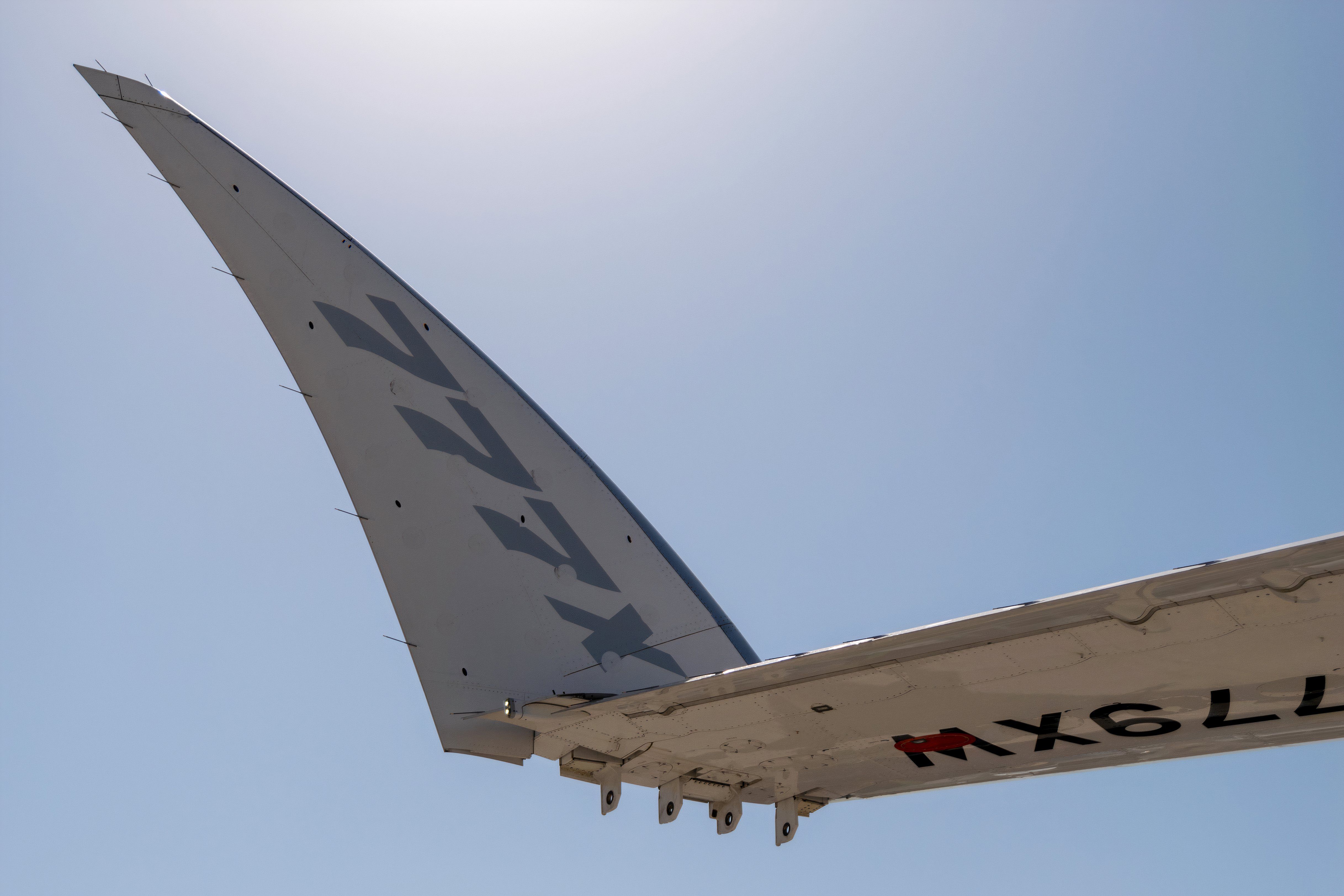
Related
When Will The First Boeing 777X Finally Be Delivered?
Boeing recently paused certification testing of the 777X following issues discovered with cracked thrust links whoch caused the aircraft to be grounded. The program, which is already very behind schedule had been expecting a first delivery by the end of this year. Do you think Boeing will deliver a 777X by the end of the year? If not, when will the first aircraft finally be delivered to a customer?
Let us know your thoughts below!
Passengers have consistently ranked the 777 as one of the most comfortable aircraft for long-haul flights. According to The Points Guy, many airlines have built their premium service offerings around the Boeing 777 to serve high-demand routes where passenger comfort is paramount.
For instance, airlines like Emirates, Qatar Airways, and Singapore Airlines have used the 777 to showcase their world-class service, helping them build loyal customer bases.
Photo: First Class Photography | Shutterstock
This focus on passenger comfort and premium service has benefited travelers and airlines, which have seen higher load factors and greater customer satisfaction on their 777-operated routes. As a result, many carriers prioritize the 777 in their fleets, even as new aircraft like the Boeing 787 and Airbus A350 enter the market.
Looking ahead: the Boeing 777X
As the Boeing 777 approaches its 30th anniversary, Boeing is preparing to introduce the next generation of this iconic aircraft: the Boeing 777X. The 777X, set to enter service in the coming years, features several improvements over its predecessors, including new GE9X engines, longer wings with folding wingtips, and a redesigned cabin.
These upgrades are expected to enhance the aircraft’s fuel efficiency and passenger experience, ensuring that the 777 family remains competitive in the evolving aviation landscape.
Photo: cpaulfell | Shutterstock
As the Boeing 777 nears its third decade of service, its enduring popularity is a testament to the aircraft’s innovative design, operational efficiency, and ability to meet the needs of airlines and passengers alike. With the introduction of the 777X on the horizon, the 777’s legacy is set to continue well into the future.

